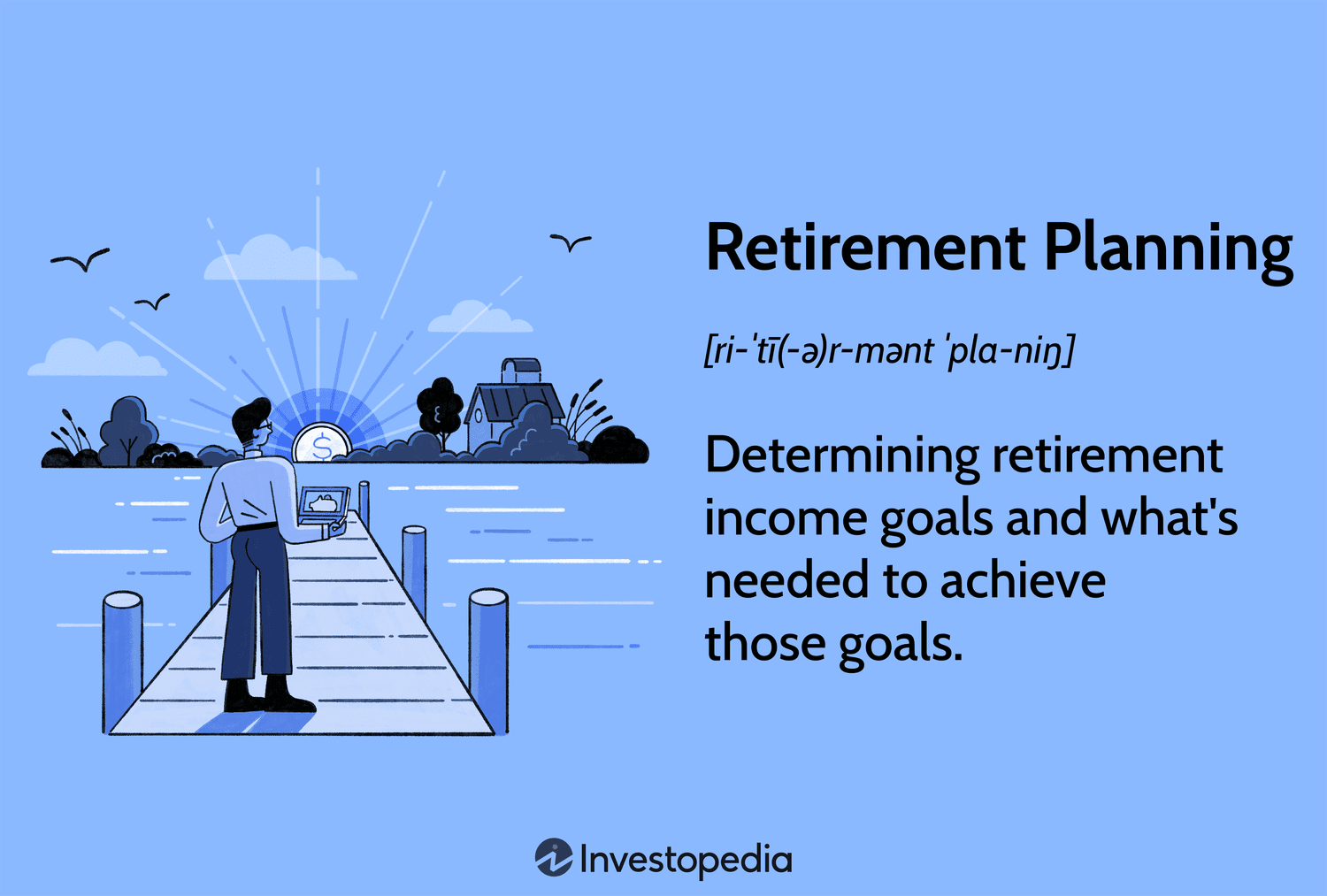Retirement Planning
Table of Contents
- Introduction
- Importance of Personal Finance
- Understanding Budgeting
- Income Management
- Expense Tracking & Control
- Savings Strategies
- Investment Planning
- Investment Strategies
- Stock Market Trends
- Cryptocurrency & Blockchain
- Real Estate Investing
- Debt Management
- Credit Score Optimization
- Retirement Planning
- Emergency Fund Creation
- Tax Planning & Optimization
- Financial Goal Setting
- Smart Spending Habits
- Risk Management & Insurance
- Digital Tools & Apps for Finance
- Overcoming Common Financial Mistakes
- Psychological Aspects of Finance
- Teaching Financial Literacy to Kids
- Conclusion & Final Thoughts
1. Introduction
Personal finance and budgeting are crucial aspects of financial stability and long-term wealth creation. Managing money effectively helps individuals achieve their financial goals, avoid debt traps, and prepare for unforeseen expenses. This guide explores comprehensive strategies to master personal finance and budgeting.
2. Importance of Personal Finance
- Helps in financial security and independence.
- Enables smart decision-making for future investments.
- Prevents overspending and unnecessary debt.
- Prepares individuals for emergencies and retirement.
- Enhances quality of life by reducing financial stress.
2.1 Key Components of Personal Finance
| Component | Description |
|---|---|
| Income | Earnings from job, business, investments, etc. |
| Expenses | Regular spending like rent, food, utilities. |
| Savings | Money set aside for future needs. |
| Investments | Money allocated for wealth growth. |
| Debt Management | Handling loans and liabilities wisely. |
10. Retirement Planning
Planning for retirement is essential to ensure financial security and a comfortable lifestyle after leaving the workforce.
10.1 Importance of Retirement Planning
- Ensures financial independence post-retirement.
- Helps maintain a comfortable lifestyle.
- Protects against inflation and rising healthcare costs.
- Reduces reliance on social security and family support.
10.2 Key Retirement Planning Strategies
| Strategy | Description |
| 401(k) & IRAs | Tax-advantaged retirement accounts for long-term savings. |
| Pension Plans | Employer-sponsored plans providing post-retirement income. |
| Annuities | Guaranteed income streams for retirees. |
| Investment Diversification | Spreading investments across different asset classes. |
| Passive Income | Real estate, dividends, and other sources of continuous earnings. |
10.3 Steps to Effective Retirement Planning
- Start Early: The sooner you start saving, the more time your money has to grow through compound interest.
- Set Clear Goals: Determine the lifestyle you want in retirement and estimate expenses accordingly.
- Maximize Employer Contributions: Take full advantage of 401(k) or pension matching by employers.
- Diversify Investments: Balance between stocks, bonds, and real estate to reduce risk.
- Plan for Inflation: Adjust savings to account for the rising cost of living.
- Consider Healthcare Costs: Invest in health savings accounts (HSAs) and insurance plans.
- Minimize Debt: Pay off high-interest debts before retirement to reduce financial stress.
10.4 Common Retirement Planning Mistakes
- Delaying savings until later in life.
- Relying solely on social security benefits.
- Underestimating healthcare expenses.
- Not diversifying retirement investments.
- Withdrawing from retirement funds too early.
10.5 Future Trends in Retirement Planning
- Increasing reliance on digital financial tools for retirement forecasting.
- Growth of gig economy retirement savings solutions.
- Rise of sustainable and ESG (Environmental, Social, Governance) investing for retirement portfolios.
- Shifting retirement ages due to increased life expectancy.


